 Thermowells are used to guard temperature sensors such as thermocouples, thermistors and bimetal thermometers against damage from excessive pressure, material velocity and corrosion. They also increase the longevity of the sensor, allow sensor replacement without draining the system and reduce the probability of contamination. Thermowells designed for high pressure applications are typically machined from bar stock to ensure integrity. Smaller thermowells for use in low pressure environments may be constructed from tubing with one end welded closed.
Thermowells are used to guard temperature sensors such as thermocouples, thermistors and bimetal thermometers against damage from excessive pressure, material velocity and corrosion. They also increase the longevity of the sensor, allow sensor replacement without draining the system and reduce the probability of contamination. Thermowells designed for high pressure applications are typically machined from bar stock to ensure integrity. Smaller thermowells for use in low pressure environments may be constructed from tubing with one end welded closed. Types of Thermowells
Thermowells are categorized according to the design of the stem. A straight thermowell is the same diameter throughout the entire insertion length and offers protection against corrosion and erosion. Stepped thermowells usually have a ¾" diameter at the top which is reduced to ½" diameter near the tip. The reduced surface area allows smoother velocities and faster temperature response for sensing devices. Tapered thermowells have a diameter that decreases gradually over the length of the insertion length. They offer superior strength as well as fast response times to temperature changes. Tapered thermowells are most often used in high velocity applications. Case studies performed on straight and tapered thermowells used in natural gas pipelines found that straight thermocouples experienced premature failure when exposed to flow induced vibrations.



Connection Type
Thermowells can be connected to an RTD, thermistor or thermocouple head by means of several different connection types. Some of the most common are:
- Threaded
- Weld-In
- Socket Weld
- O-Ring
- Flange
Threaded connections are made of materials that can be welded or brazed and provide additional strength. In processes where contaminants from threads must be avoided such as in the food and pharmaceutical industries, weld-in connections are commonly used. O-ring connections use an O-ring to seal inside a sleeve welded to a tank. The double weld construction of the ANSI B16.5 flanged thermowell seals open joints both internally and externally to prevent corrosive substances from entering crevices.

Bore Size
In processes where several types of measurement devices are used, choosing a standard bore size allows greater flexibility. It enables a single thermowell to be used for a thermocouple, RTD, bimetal thermometer or test thermometer. These standard bore sizes accommodate the most commonly used temperature sensing devices and include the following:
0.26" diameter bore:
¼" stem bimetal thermometers
#20 gauge thermocouples unarmored liquid in glass test thermometers other devices with a maximum diameter of 0.25"
0.385" diameter bore:
#14 gauge thermocouples armored liquid in glass test thermometers other devices with a maximum diameter of 0.35"
0.26" diameter bore:
¼" stem bimetal thermometers
#20 gauge thermocouples unarmored liquid in glass test thermometers other devices with a maximum diameter of 0.25"
0.385" diameter bore:
#14 gauge thermocouples armored liquid in glass test thermometers other devices with a maximum diameter of 0.35"
Material Selection
Selecting the right material is crucial to the longevity of a thermowell. The type of chemical, temperature and flow rate the thermowell will be exposed to should be considered when specifying the material. The corrosive effects of chemicals are increased at higher concentrations and temperatures. In addition, particles suspended in fluid can cause erosion. The proceeding list includes some of the most frequently used materials for the construction of thermowells:
- Carbon steels
- Chromium/molybdenum steels
- Socket Weld
- Stainless Steel
- Incoloy®
- Inconel®
- Monel®
- Hastelloy®
- Haynes® Alloy
- Titanium
Carbon steels have a low resistance to corrosive substances and are limited to applications with low temperature and pressure. The most commonly used material for thermowells is stainless steel. A stainless steel thermowell is cost effective and highly resistant to heat and corrosion. Chromium/molybdenum steel is a high strength stainless steel used for pressurized vessels. The addition of molybdenum improves resistance to corrosion. Haynes alloy is comprised of cobalt, nickel, chromium and tungsten. It is most often used for sulphidising, carburising and chlorine containing environments.
Insertion Length
The insertion length is the distance from the connection point of the thermowell to the tip. To achieve the greatest accuracy possible, the insertion length should be long enough to allow the entire temperature sensitive portion of the measurement device to extend into the medium being measured. When measuring the temperature of liquids with a temperature sensor, the device should be extended into the solution the length of the temperature sensitive portion plus a minimum of one inch. For gas or air, it should be immersed the length of the temperature sensitive segment plus an additional three inches. The temperature sensitive section of a thermocouple or thermistor is short; therefore, a thermowell with a shorter insertion length can be used. The temperature sensitive section of bimetal thermometers, RTDs and liquid in glass thermometers is between 1 and 2" and must be immersed at least 2½" in liquid for acceptable accuracy.
Conclusion
All temperature sensing devices are susceptible to deterioration from exposure to flow, heat and pressure. Over time, the harsh processing environment can affect performance as well as the structural integrity of the sensor. For example, the metals used in the fabrication of a thermocouple probe are vulnerable to corrosive environments. In addition, the thermocouple wire measures on average 0.10 to 0.20" in diameter and will undergo metallurgical changes with prolonged exposure to heat. Thermowells protect the measuring sensor from the damaging effects of the process environment to prevent measurement drift. All temperature data for critical processes should be documented with recording devices such as temperature controllers. Additionally, any temperature sensors used in those processes should be calibrated periodically to verify accuracy. Dry block probe calibrators offer NIST traceable calibration for thermistor, thermocouple and RTD probes. Non-contact equipment such as thermal cameras and pyrometers, infrared blackbody calibrators provide an accuracy of 1 percent, but with high repeatability. While calibrations can be performed in house, an accredited AS17025 calibration lab will ensure the methods used are NIST traceable.
 CLOSE
CLOSE



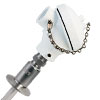
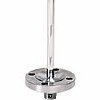
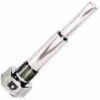
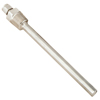
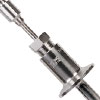
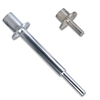
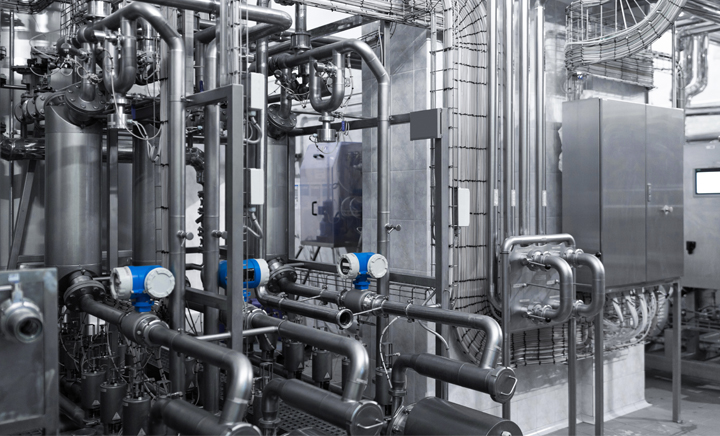
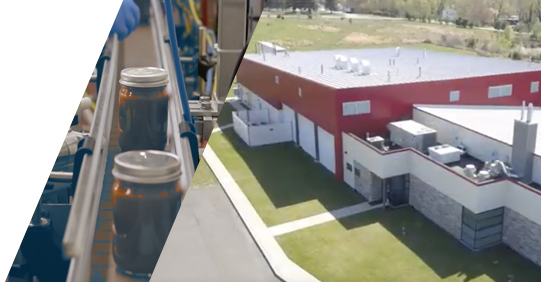 Omega's relationship with Rutgers sprouted with their goals in substituting manual processes with an IoT solution for hands-off data collection capabilities.
Omega's relationship with Rutgers sprouted with their goals in substituting manual processes with an IoT solution for hands-off data collection capabilities.
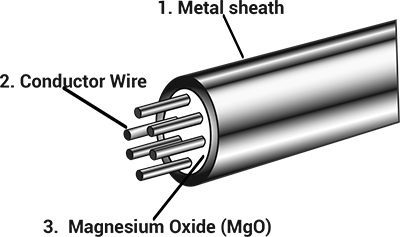 MI cables are used in high temperature or high pressure harsh environments for a good reason, here's why:
MI cables are used in high temperature or high pressure harsh environments for a good reason, here's why: